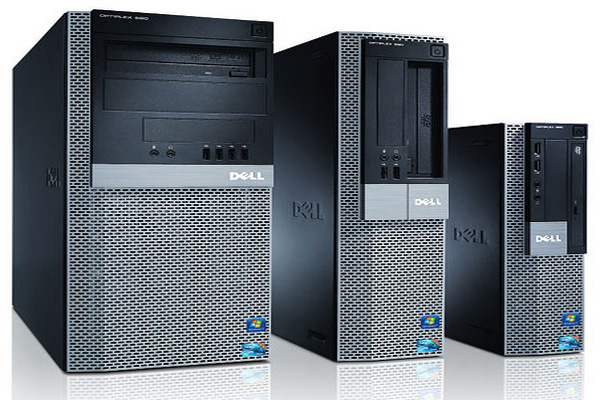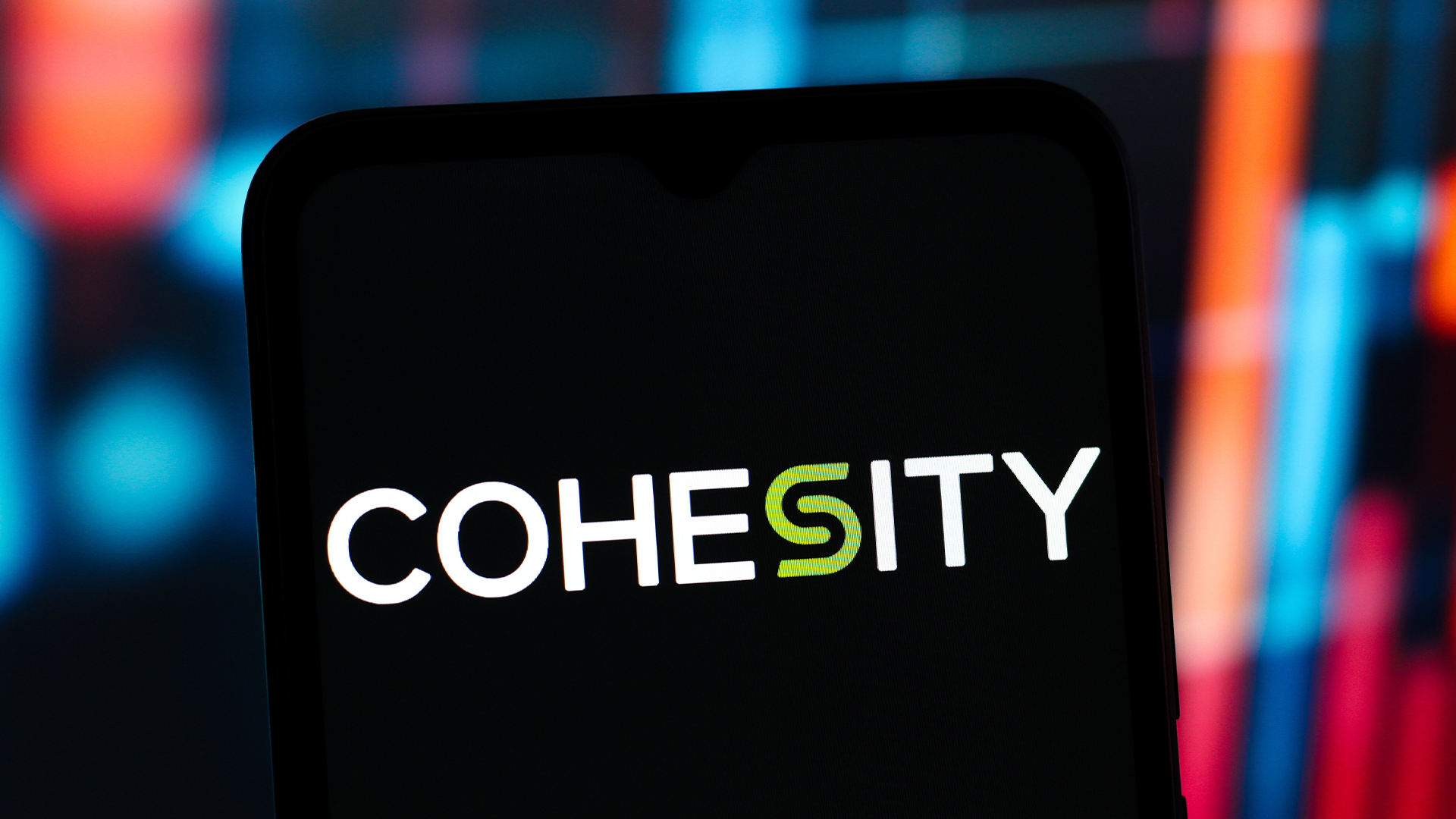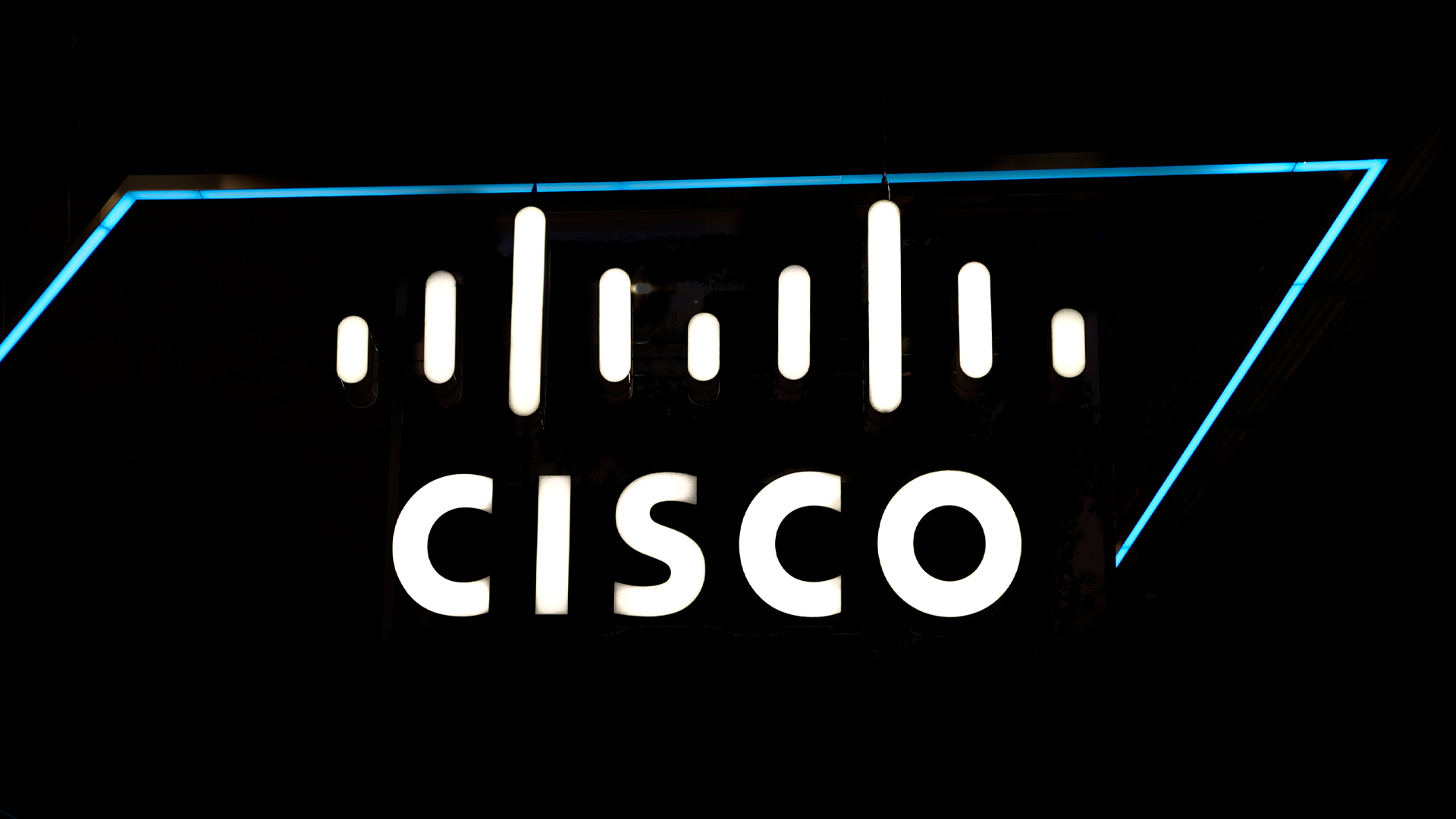Dell Optiplex 980 review
In a world where everything is getting smaller we take a look to see what Dell's full-featured Optiplex 980 has to offer.

Dell's ingeniously designed chassis serves up a machine that's both easy to manage and simple to upgrade, and its impressive specification caters for everyone except those working with intensive graphics. It's expensive, but far more versatile than small form-factor machines and worth the cash.

Miniturisation seems to be the buzzword in the world of business PCs. Systems like the Lenovo ThinkCentre M90 and Gateway DS50 seem determined to provide every feature you might need in cases that keep getting smaller and, while these are admirable feats, there are some occasions when you just need a full system to get the job done. Step forward the Dell Optiplex 980.
It's an imposing system that certainly looks the part. The front is partly covered in a tough metallic mesh, with removable parts made from glossy black plastic, and the side panels and various struts and supports feel as solid as anything we've seen from Lenovo's excellent ThinkCentre range.
The Dell impresses on a practical level, too. The front serves up four USB 2 ports and six more on the rear alongside eSATA, two PS/2 sockets, D-SUB and DisplayPort outputs alongside parallel and serial inputs.
Much stock has been placed in the Dell's security features, too: the interior boasts a TPM 2.1 module and tamper detection switch alongside a jumper on the motherboard that can bypass the administrator password and, to even get inside of the machine, you'll need to use a handle that can be fastened with a padlock.
The interior looks vastly different from that of the average PC. For a start, the motherboard is on the "wrong" side of the case, and its layout is markedly different from that of the average ATX board. The four DIMM sockets are aligned horizontally rather than vertically along the green PCB, and the backplate is opposite the LGA 1156 processor socket rather than along the side of the board.
Sign up today and you will receive a free copy of our Future Focus 2025 report - the leading guidance on AI, cybersecurity and other IT challenges as per 700+ senior executives
Mike Jennings has worked as a technology journalist for more than a decade and has been fascinated by computers since childhood, when he spent far too long building terrible websites. He loves desktop PCs, components, laptops and anything to do with the latest hardware.
Mike worked as a staff writer at PC Pro magazine in London for seven years, and during that time wrote for a variety of other tech titles, including Custom PC, Micro Mart and Computer Shopper. Since 2013, he’s been a freelance tech writer, and writes regularly for titles like Wired, TechRadar, Stuff, TechSpot, IT Pro, TrustedReviews and TechAdvisor. He still loves tech and covers everything from the latest business hardware and software to high-end gaming gear, and you’ll find him on plenty of sites writing reviews, features and guides on a vast range of topics.
You can email Mike at mike@mike-jennings.net, or find him on Twitter at @mikejjennings
-
 AI is creating more software flaws – and they're getting worse
AI is creating more software flaws – and they're getting worseNews A CodeRabbit study compared pull requests with AI and without, finding AI is fast but highly error prone
By Nicole Kobie Published
-
 Cohesity deepens Google Cloud alliance in data sovereignty push
Cohesity deepens Google Cloud alliance in data sovereignty pushNews The pair’s expanded collaboration will focus on new integrations for AI, cybersecurity, and data protection
By Daniel Todd Published
-
 Cisco says Chinese hackers are exploiting an unpatched AsyncOS zero-day flaw – here's what we know so far
Cisco says Chinese hackers are exploiting an unpatched AsyncOS zero-day flaw – here's what we know so farNews The zero-day vulnerability affects Cisco's Secure Email Gateway and Secure Email and Web Manager appliances – here's what we know so far.
By Emma Woollacott Published
